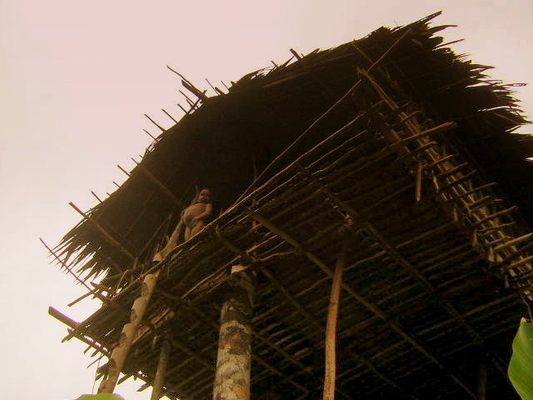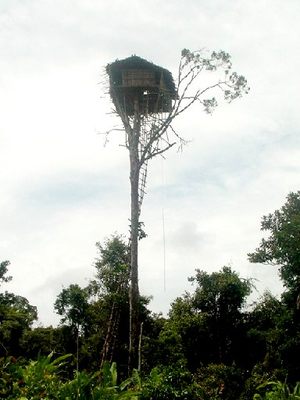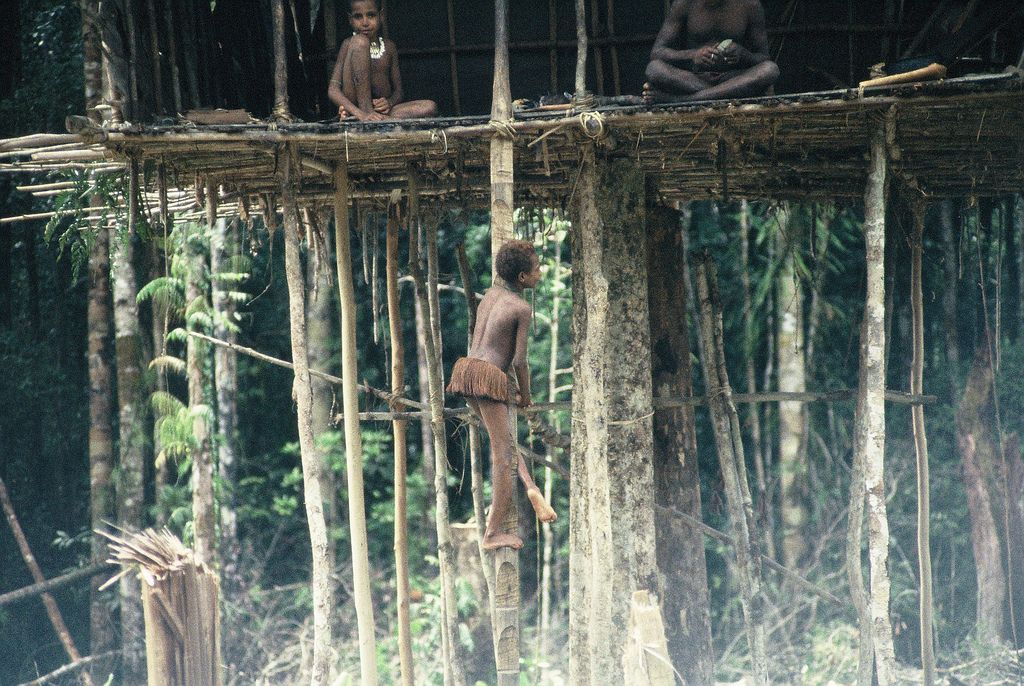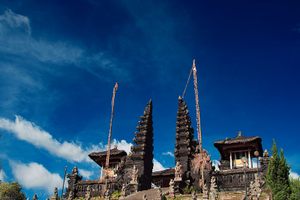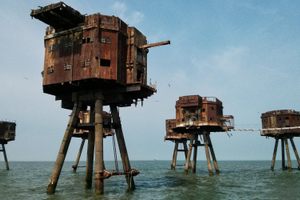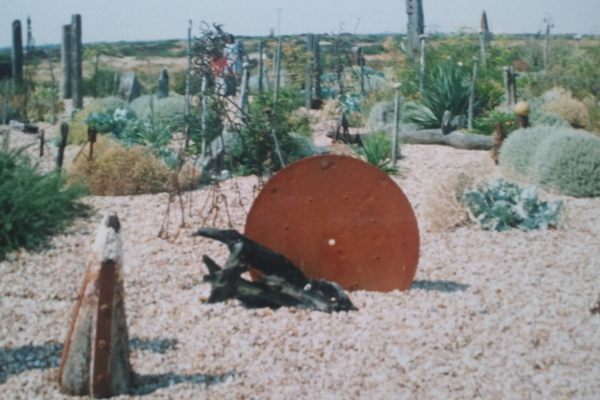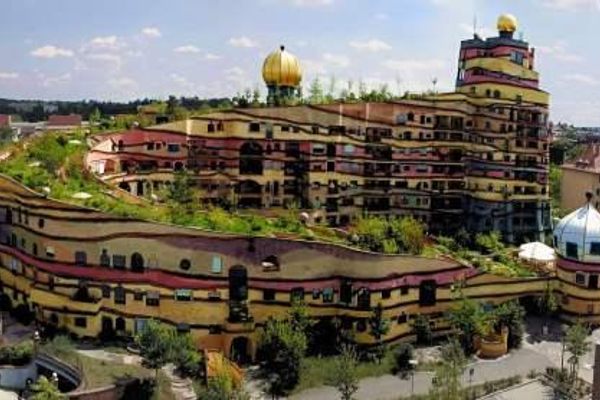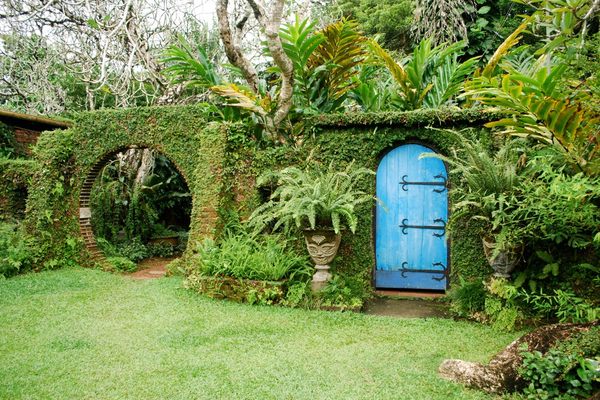About
Known primarily for being one of the last active tribes of cannibals, the Korowai of Papua, in Indonesia, lived in total isolation until first contacted by Dutch missionaries in the 1970s. But while the tribal penchant for cannibalism was what got them the most press, the Korowai have another fascinating cultural trait: they are the fantastic architects of towering tree homes built as high as 114 feet above the ground!
This unique architecture protects families from the swarming mosquitoes below, as well as from troublesome neighbors and evil spirits. The tree houses are constructed in clearings with large Banyan or Wanbom trees selected as the main pole. Smaller poles are then added at the corners of the house for additional support. While some are as high as 35 meters above the ground, most are typically between 8-12 meters high and reached via a single notched pole which serves as a ladder. The floor is constructed first, the walls and a roof of Sago tree are added, bound together with raffia. The flooring must be quite strong as the tree houses often accommodate as many as a dozen people.
New homes are blessed by smearing animal fat at the threshold and stairs, and by cutting small holes into the roof that symbolically gives access to tasty game animals (usually ground-loving pigs). Whole family groups, along with pets and other domestic animals, live together in one tree house. The larger homes have separate living spaces for the men and women of the family, as well as separate fire pits, and sometimes stairs.
Fire is the biggest danger to tree-dwellers, so the fire pits are specially designed with cut-away floor sections in case things get out of control. Even without going up in flames, the houses only last about 5 years.
Traditionally, the Korowai have been hunter-gatherers with deeply held cultural and religious beliefs tied to the land and animals of the jungle. A core belief about demons, possession, and death is tied to the tradition of cannibalism, in which the bodies of those accused and killed for being witches are eaten by the families who suffered from the black magic. A self fulfilling cycle of doom exists between the belief in these demon-possessed male witches, called Khakhua, and the jungle-borne disease and infection that kills most Korowai in middle age. Dying villagers whisper the name of their spiritual killer to their family, who are then obligated to kill the khakhua, even if the one named is a family member or friend.
In 2006 reporters from 60 minutes went into the jungle to document the lives of these "last cannibals", in what became a very hotly contested story. Some anthropologists and locals insist that the sensationalism of the story is rooted more in western reporters desire to see wild cannibal natives than in reality, and argue that cannibalism has not been practiced in at least 20 years.
Despite being fiercely isolationist in the last decade or so, members of the Korowai tribe have been leaving their isolated homelands and moving into nearby towns. With only about 3000-4000 tribe members in all, it is estimated that they may only have one more generation of traditional lifestyle left before becoming essentially integrated into the rest of the island society.
Related Tags
Sources
- Garrit J. Van Enk and Lourens de Vries,<cite> The Korowai or Irian Jaya; Their Language in its Cultural Context</cite>, 1997 pgs 20-24
- Paul Raffaele, Sleeping with Cannibals, Smithsonian Magazine Sept 2006
- http://www.smithsonianmag.com/travel/cannibals.html?c=y&page=1
- Christian Science Monitor, Dan Harman, Jungle Diary
- http://features.csmonitor.com/environment/2008/12/17/jungle-diary-i-set-out-in-search-of-papua%E2%80%99s-cannibals/
- http://www.harald-melcher.de/haupt_eng/korowai_eng.htm
- http://www.reference.com/browse/wiki/Korowai



